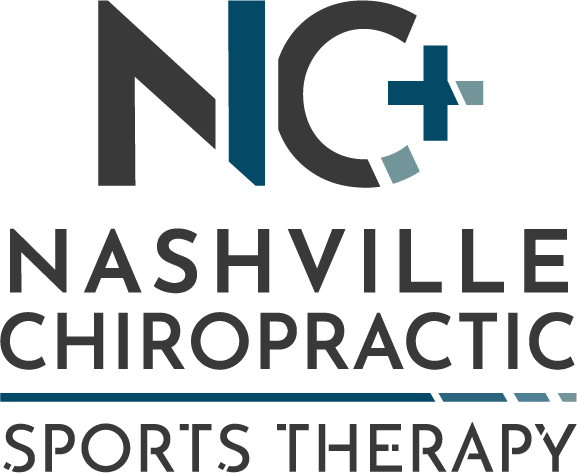Hydration is commonly misunderstood, with many people under the impression that drinking more water is always better. Take for example, the widely accepted 8×8 rule (8 glasses of 8 ounces of water per day) which lacks scientific evidence and was held onto for the ease of memorizing and prescribing. This misconception has led to over-hydration and the neglect of electrolytes, resulting in conditions like exercise-associated hyponatremia. Understanding the role of electrolytes is crucial for optimal hydration and helping you form your why as to the importance of consuming them.
The Importance of Electrolytes:
Hydration involves two essential components: water and electrolytes. While our body's thirst mechanism helps regulate water intake (very accurately, actually!) we must consciously ensure sufficient electrolyte consumption. Electrolytes, especially sodium, play a vital role in fluid balance and overall hydration. Sodium regulates fluid outside cells, while potassium maintains fluid balance inside cells.
Why Fluid Balance Matters:
Fluid balance is crucial for various bodily functions, including blood circulation, skin moisture, and toxin elimination through sweat, urine, and feces. Electrolytes, along with water, are fundamental in maintaining fluid balance. Drinking excessive water without adequate electrolytes or consuming too few electrolytes can lead to imbalances and even electrolyte deficiency, despite normal blood levels.
Benefits of Proper Hydration:
1. Increased Energy: Sodium deficiency often leads to low energy levels, especially in athletes and low-carb dieters. Addressing electrolyte imbalances can boost energy and overall performance.
2. Improved Brain Function: Sodium and potassium conduct electrical signals between brain cells, supporting optimal brain function. Proper fluid balance, aided by electrolyte consumption, is crucial for brain health.
3. Reduced Muscle Cramps: Electrolyte deficiency, rather than dehydration, is often responsible for muscle cramps. Adequate sodium and magnesium intake can help prevent cramping.
4. Headache Relief: Dehydration and electrolyte imbalances can contribute to headaches, particularly in individuals following low-carb diets. Replenishing electrolytes can alleviate these symptoms.
5. Enhanced Athletic Performance: Replacing both water and sodium lost through sweat is crucial for endurance athletes, as insufficient electrolytes can lead to medical complications especially during endurance based athletics.
6. Support for Fasting and Keto Diets: Low insulin levels during fasting or ketogenic diets increase fluid and electrolyte excretion. Proper electrolyte intake helps alleviate symptoms such as headaches, low energy, and cramps.
7. Healthy Blood Pressure: Potassium intake is associated with lower blood pressure levels, while sodium restriction may not necessarily lower blood pressure.
8. Smooth Digestion: Adequate hydration is essential for maintaining proper digestive function, magnesium can even help alleviate constipation.
9. Improved Skin Health: Hydration status affects skin health, and adequate water intake and retention helps prevent dry skin and cracked lips.
10. Better Sleep: Magnesium supplementation promotes better sleep quality, while sodium restriction can negatively impact sleep patterns.
How to Stay Hydrated:
While our body signals thirst for water, it lacks a similar mechanism for electrolyte intake. It's recommended to consume 4–6 grams of sodium, 3.5–5 grams of potassium, 400–600 mg of magnesium, and 1 gram of calcium daily. Sodium deficiency is common, and individuals with high sweat rates or specific dietary patterns may require higher sodium intake. Adjusting electrolyte consumption based on personal factors such as energy levels, muscle cramps, and sleep quality is crucial for optimal hydration.
Hydration is not just about water; it's about how your body uses and maintains proper fluid balance to improve its overall functionality. Understanding the importance of electrolyte balance can lead to better overall health and performance. By prioritizing proper hydration with adequate water and electrolyte intake, individuals can experience increased energy, improved brain function, reduced muscle cramps, headache relief, better athletic performance, and various other benefits.
Our office is a proud provider of LMNT - they have a wide variety of flavors and supply top quality electrolytes in easy to transport packets. If you’ve never had one, this summer is the perfect time for you to feel the difference of being hydrated, especially if you plan on spending time while being active in the Nashville heat! Questions? Reach out to us and we’d be happy to help.






